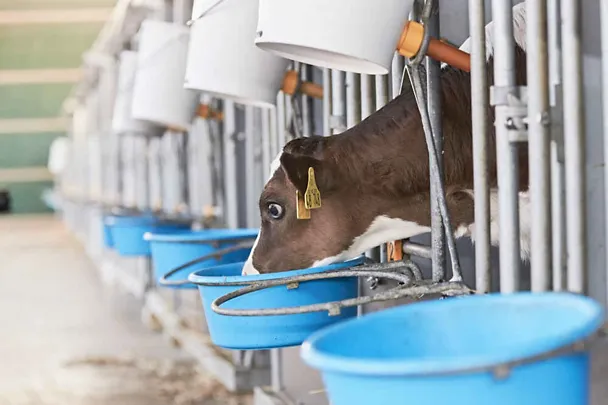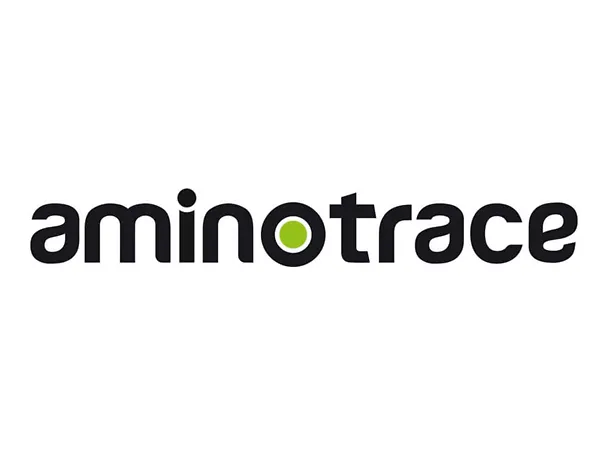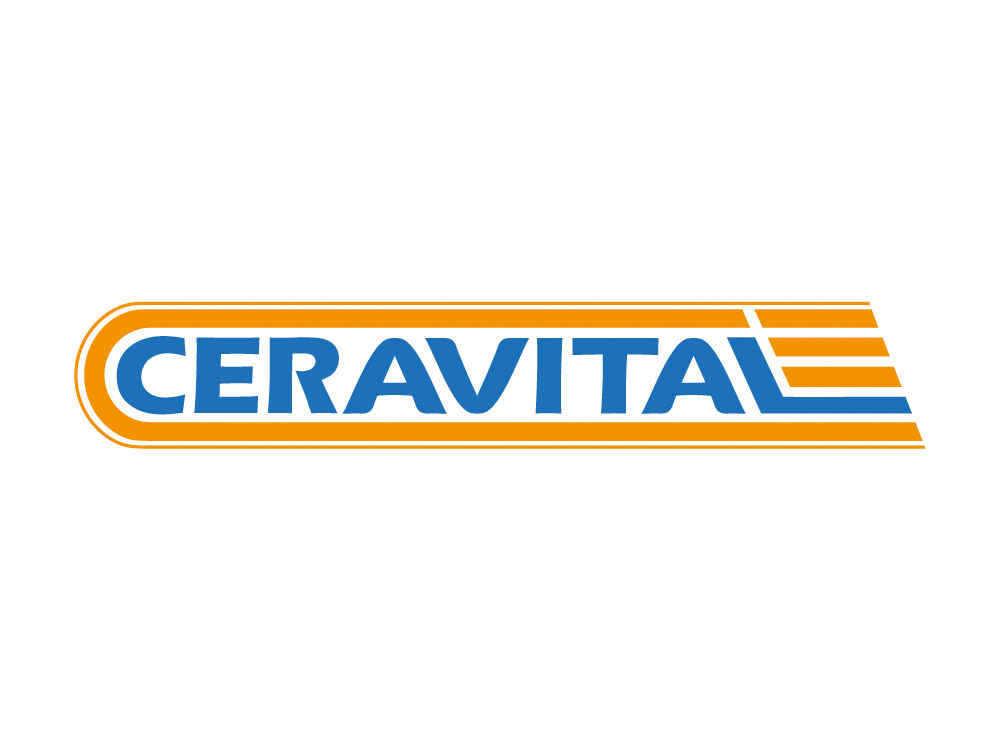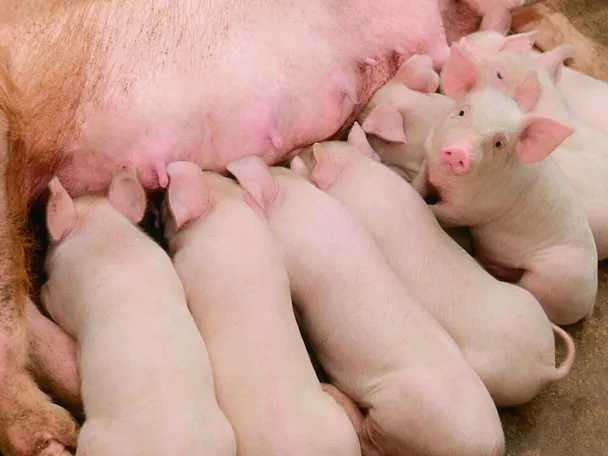The successful path for ruminants




AMINOTRACE, the organically bound trace elements from SCHAUMANN, are high-performance products. They are characterised by excellent solubility, optimum trace element concentrations, stable complexes and high biological availability.

The fermentation product CERAVITAL better breaks down the NSP fractions contained in the feed and thus increases the digestibility of nutrients. The innovative active ingredient is used specifically in SCHAUMANN feeds for monogasters and calves.

One of the most common diseases in piglets and calves is diarrhoea. The active ingredient MIZI made of micronised zinc can counteract this by inhibiting bacterial growth and preventing the attachment of E. coli to the intestinal mucosa.

The appropriate raw fibre carriers and a digestion-friendly mixture is very important in sow feeding. The raw fibre supply plays a particularly important role for intestinal health and saturation during pregnancy.